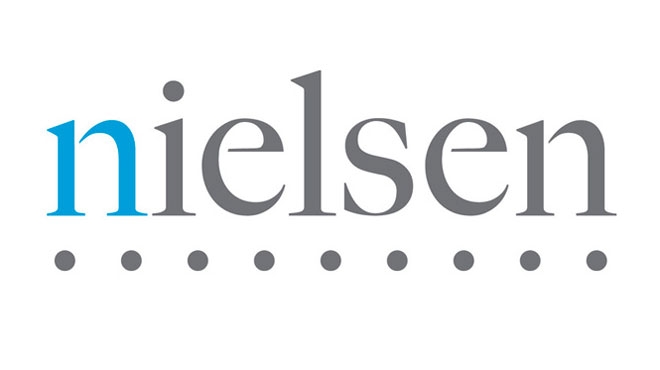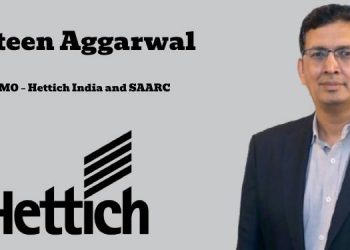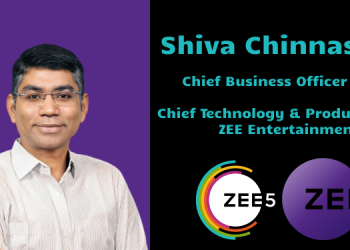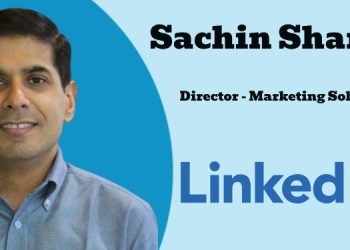
Nielsen, the global measurement company in marketing and consumer information, television and other media, is thinking of ways to grow inorganically. It made its first move by buying the Delhi-based economic analytics firm, Indicus Analytics, last week and now it has the plans ready for leveraging the newly acquired vertical by positioning itself as a one-stop shop for various solutions needed by the brand owners.
Indicus is expected to add fire-power to the much larger primary research firm, which covers retail spread and traction of brands and how audience consume media. Piyush Mathur, president, Nielsen India Region, says, “We have 800 client-servicing people interacting with brand-owners on a daily basis. Indicus’ expertise would add immense value to those interactions.” Indicus analyses data and policy for academic institutions, international organisations, policymakers and consumer companies.
So far, advertisers had to look for economic data, to supplement their primary sales research from Nielsen, elsewhere. While Nielsen supplies market size and share (based on distributor-to-retailer sales or primary sales) and also retail distribution audits to consumer companies as part of its syndicate research, besides commissioned research, Indicus has products such as Market Skyline – district profile (income, savings, asset penetration, SEC or socio-economic distribution), City Skyline neighbourhood series (heterogenous clusters based on population density, SEC mix, affluence level, spending pattern) and District GDP (gross domestic product).
Laveesh Bhandari, founder and director at Indicus, says that his team of 50 people has the technique and skills to put together and constantly update the secondary research that goes into its products. “We go into micro-geographic details such as economic condition and demographics of districts, sub-districts and even neighbourhoods. Everyone wants to parse big data but most do it with random patterns. To a question like ‘Is there a large middle-class in Meerut?’, many companies would do a dipstick which would be dependent on the quality of the sruvey.
But we looked at the economic activity, occupation, education of the city. We found that Meerut actually has a large affluent class comprising the owners of its many small scale industries.”
Indicus refers to electoral rolls, mandi (local market) data, Central Statistical Organisation’s data, property records etc.
Mathur explains, “Indicus does pin-code-level research, which could tell brand-owners the economic potential locality-wise, say in Connaught Place and Vasant Vihar (in the NCR). So, we can merge it with our own retail outlet mapping to say at which stores in their targeted pin-codes should they carry out brand activations for the next wave of demand. For those focusing on smaller towns, there is data on district-wise GDP of 640 districts.”
Similarly, for a bank to find out where to put the next ATM, Indicus would be able to read capex pattern, energy use, infrastructure development to reveal the commercial buzz in a neighbourhood, while Nielsen could supplement it with data on existing ATMs.
Nielsen studies the consumer in three of her avatars – as a consumer in her daily interactions, as a shopper in stores and an audience of any form of media, says Mathur. “Indicus would be the starting block of making our consumer profiling robust for the next wave of marketers,” he says.
Competing with 13 other agencies, such as Ipsos, for a larger share in a $279 million (Rs 1,700 crore) market, Nielsen is looking at becoming an all-rounder for brand owners’ research needs. Mathur says, “Our customers are looking for a one-stop shop. Predictive analytics is just as much needed in marketing now as in other functions such as finance and sales. Hence, we would look at growing our analytics skills inorganically.” Nielsen has recently brought on board a merger and acquisitions manager onboard.
Mathur says the speed of data consumption among brands too has changed: “In our partnership with Twitter (measuring activity and reach of TV-related conversation on Twitter), data is refreshed every five seconds, a far cry from TV measurement through diary-keeping that we had earlier pioneered. So, we have to time all our data delivery right.”
Nielsen has had a few run-ins with brands, complaining about under-reporting at various points in time. A boost from analytics could help Nielsen bolster its pitch.
It started its India operations in 1995, as as part of Dun & Bradstreet (the erstwhile owners). In 2002, D&B India merged with ORG-Marg to form ACNielsenORGMarg (had the sub-continent’s first-ever retail audit tracking system). ORG, founded in 1961, was the pioneer in market research in India. However, in 2000, Nielsen worldwide was acquired by VNU, which was eventually bought over by a consortium of six private equity firms in 2006. In 2007, VNU changed its name to The Nielsen Company.
Indicus will benefit from the access to Nielsen’s large client base (600 clients) and also its global knowledge base. “We were the ones to start with district-level data when everyone else supplied state-level interpretations. But now we need to go down to square-kilometre, that can only be had from non-government sources such as satellite data and the rich information with Nielsen globally.”
As Nielsen digs its heels deeper in analytics, brand owners might benefit from its syndicated research becoming more accurate and holistic.


















